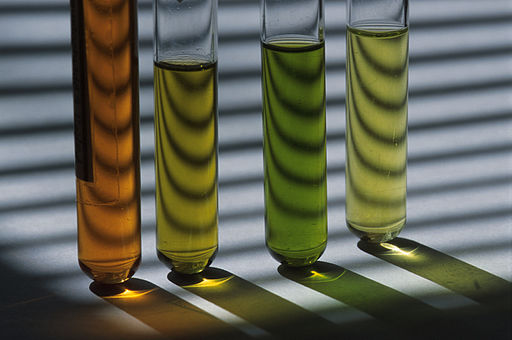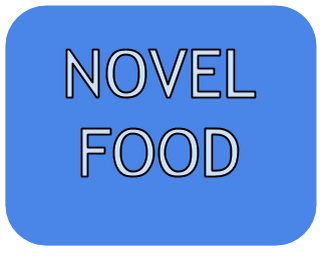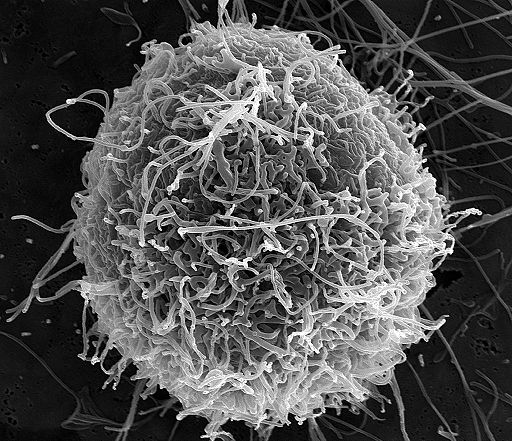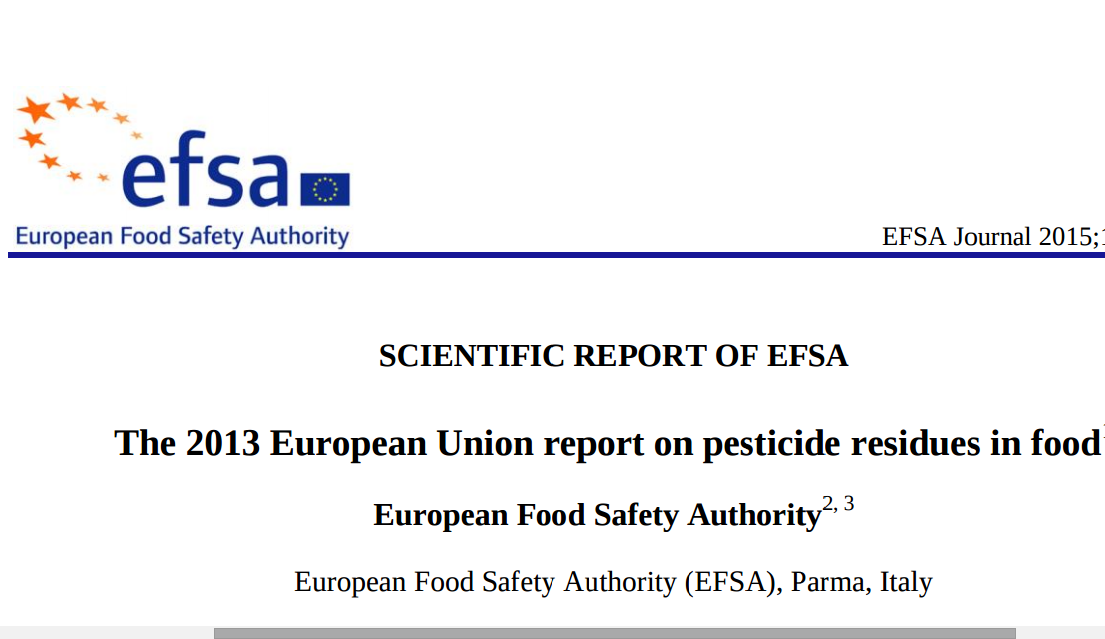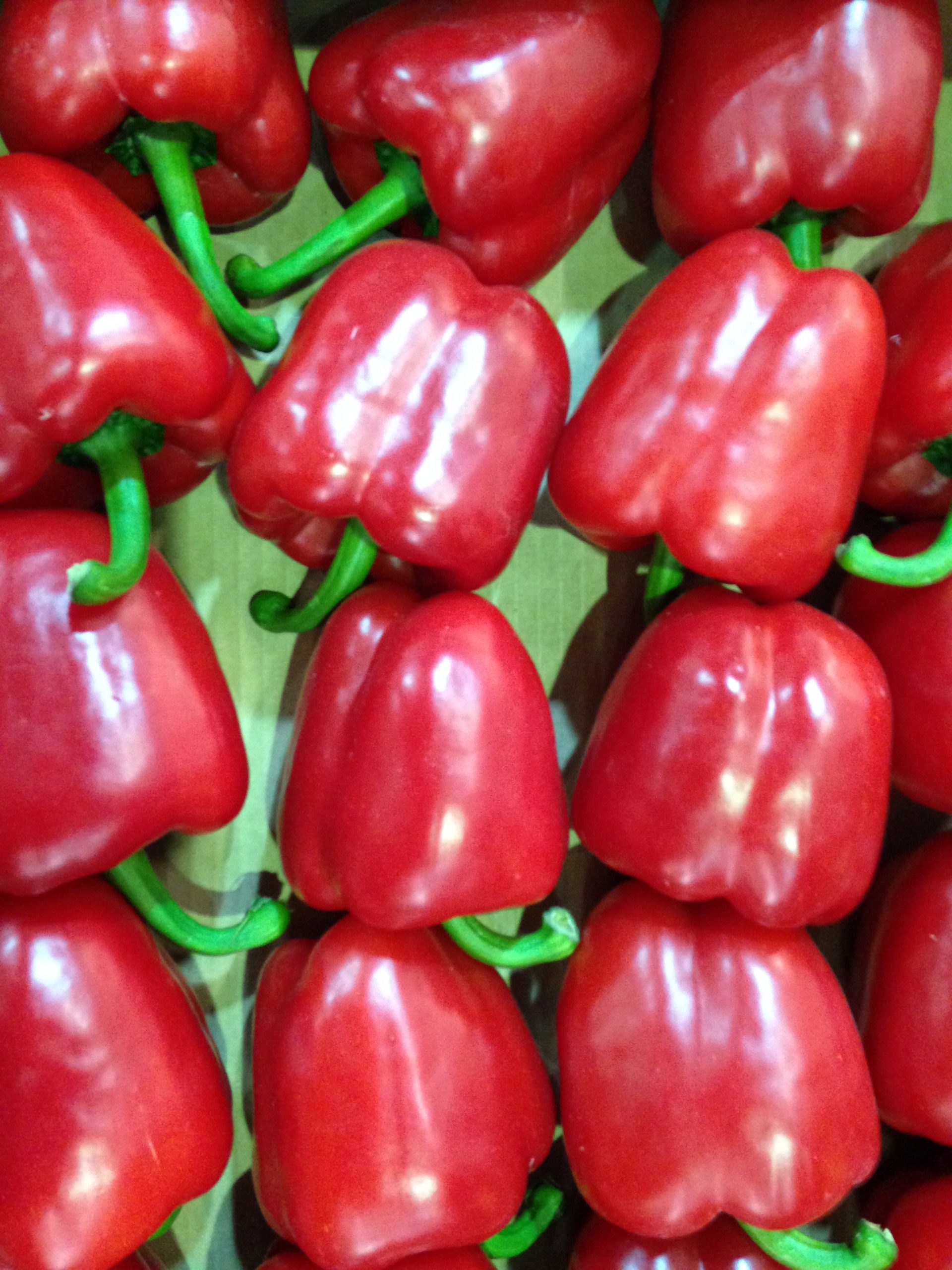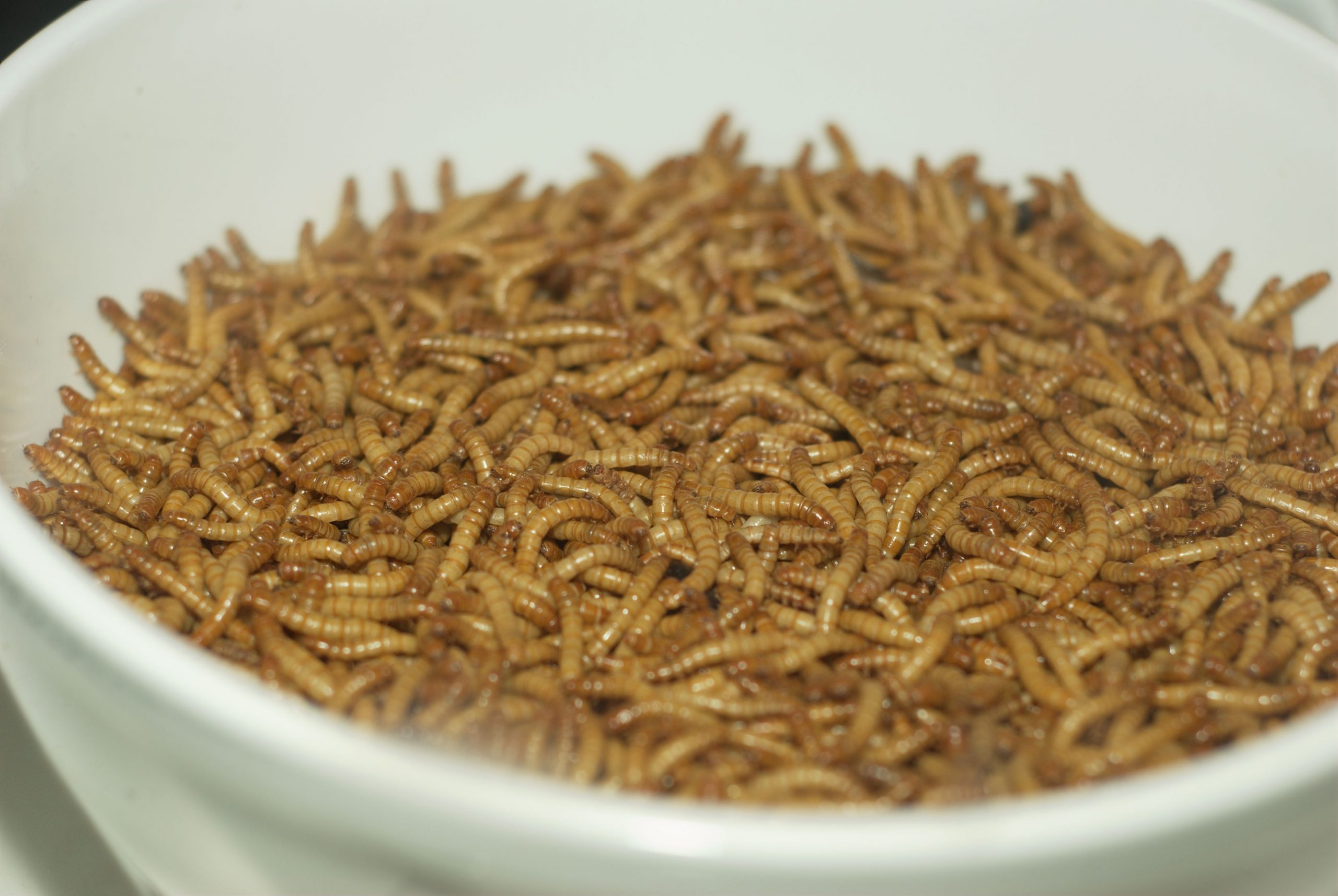
A Dutch supermarket chain sells insect burgers and nuggets, a Belgian supermarket chain offers burgers with buffalo worms, and vegetable spreads made with mealworms, and in the UK, bags of whole mealworms, crickets and grasshoppers are sold.
Yet, according to a briefing by the European Parliament Members’ Research Service, the use of insects for food is not currently ‘precisely’ regulated in the EU and there are no safety assessments done according to the rules required by the EU’s current novel foods regulation on any insects used as a food ingredient.
While most Member States have so far prohibited the use of insects as food, and the use of processed insects from which parts (e.g. legs, wings or head) have been removed, is forbidden, the Member States have different interpretations as to whether this applies to whole insects, and some are more tolerant than others, the service said in the paper.
However, under a European Commission proposal to update the novel foods regulation, insects would be explicitly brought under that law. The Commission asked for advice from EFSA in order to assess the safety aspects of edible insects and EFSA’s scientific opinion was published on October 8.
In its response, EFSA provided a risk profile identifying the potential biological and chemical hazards as well as allergenicity and environmental hazards associated with the use of farmed insects as food and feed. In a Scientific Opinion, it compared these potential hazards with those associated with mainstream sources of animal protein.
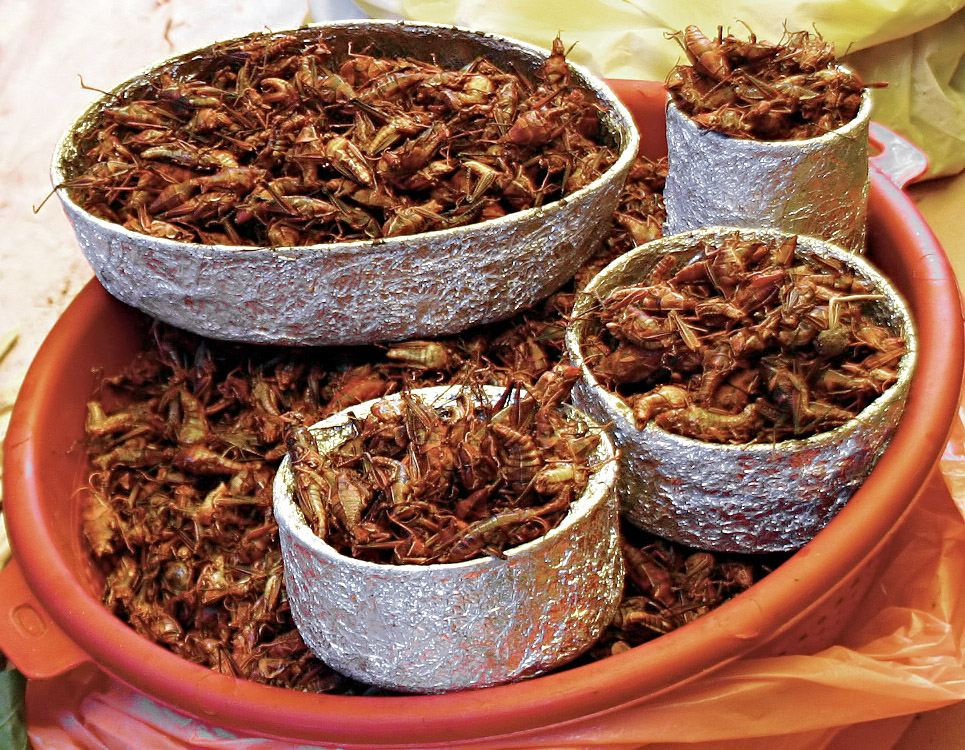
Insects with high potential for food use in the EU: houseflies, mealworms, crickets and silkworms.
Among other things, EFSA’s scientific experts said that the possible presence of biological and chemical hazards in food and feed products derived from insects would depend on the production methods, what the insects are fed on (substrate), the lifecycle stage at which the insects are harvested, the insect species, and the methods used for further processing.
As background, EFSA said that Insects represent a niche food market in the EU, with several Member States reporting occasional human consumption. “Nonetheless, the use of insects as a source of food and feed potentially has important environmental, economic and food security benefits. The insect species reported to have the greatest potential for use as food and/or feed in the EU include houseflies, mealworms, crickets and silkworms.
A number of organisations – including the Food and Agricultural Organisation of the United Nations (FAO) – have studied the possibility of using insects for food and feed, and three EU Member States – Belgium, France and the Netherlands – have performed risk assessments related to insects as food or feed.
The European Commission is currently co-financing a research project to explore the feasibility of using insect protein for feed. The Commission is also considering how to develop policy in the areas of novel foods and animal feed to reflect the potential use of insects as food and feed. EFSA’s Scientific Opinion was requested to support this work,” it said.
JB
IMAGE SOURCES:
1. “Mealworm 01 Pengo” by Pengo – Own work. Licensed under CC BY-SA 3.0 via Commons
2. “Chapulines” by Meutia Chaerani / Indradi Soemardjan http://www.indrani.net – Own work. Licensed under CC BY 2.5 via Commons

